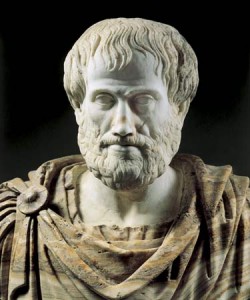
Although it might seem a bit ludicrous today, for thousands of years it was believed that life regularly arose from the elements without first being formed through a seed, egg, or other traditional means of reproduction. The main purveyor of the theory was Aristotle, who based his studies on the ideas of thinkers like Anaximander, Hippolytus, and Anaxagoras, all of whom stressed the ways in which life could spontaneously come into being from inanimate matter like slime, mud, and earth when exposed to sunlight. Aristotle based his own ideas on the observation of the ways maggots would seemingly generate out of dead animal carcass, or barnacles would form on the hull of a boat. This theory that life could literally spring from nothing managed to persist for hundreds of years after Aristotle, and was even being proposed by some scientists as recently as the 1700s.
How it was Proven Wrong:
It was only with the adoption of the scientific method that many of the classical theories like spontaneous generation began to be tested. Once they were, they quickly crumbled. For example, famed scientist Louis Pasteur showed that maggots would not appear on meat kept in a sealed container, and the invention of the microscope helped to show that these same insects were formed not by spontaneous generation but by airborne microorganisms.
No comments:
Post a Comment